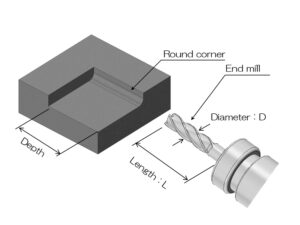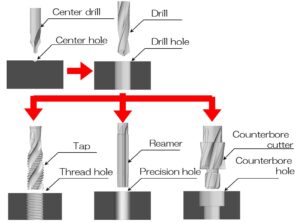004 Milling: Types and characteristics of end mills
1. Types of end mills
Cutting is a processing method in which a cutting tool called an end mill is rotated to cut the material.
This end mill comes in various types and sizes, and can be used depending on the shape and material.
End mills can be broadly divided into shape processing end mills and hole processing end mills.
There are many special end mills, but let's introduce the types of end mills that are commonly used.
2. End mill for shape processing
End mills for shape processing include square end mills and ball end mills.
Millingg processing is divided into rough processing, which roughly cuts the volume, and finishing processing, which finishes the surface with precision.
Even if the end mill has the same shape, two end mills may be used, one for rough machining and one for finishing machining.
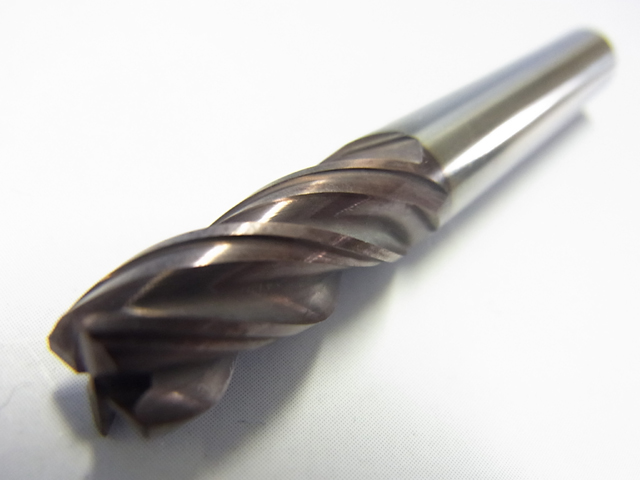
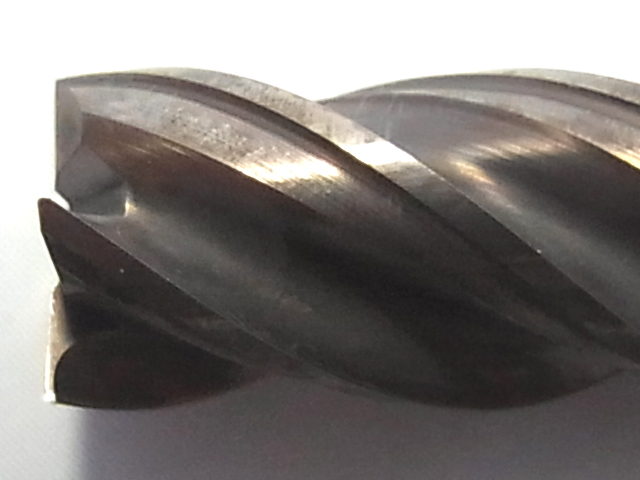
Square end mill
A general end mill for shape processing.
Also called a flat end mill, it is suitable for machining flat surfaces and sides.
Also used for rough machining.
Since the tip is squared, a rectangular groove is created.
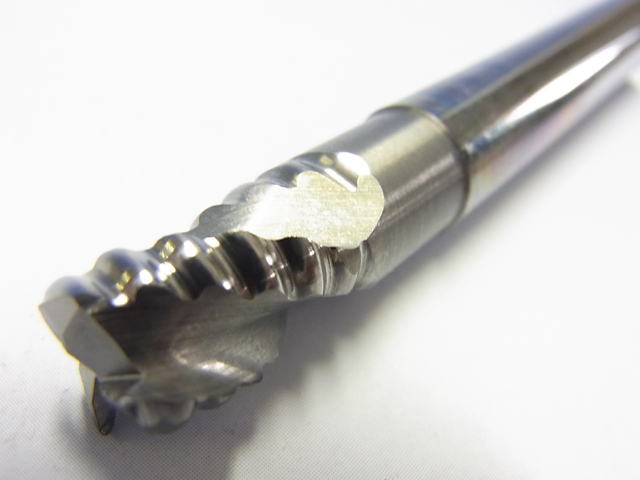
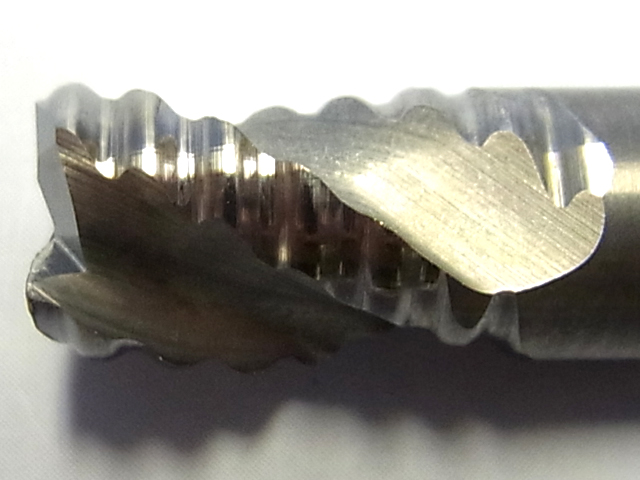
Roughing end mill
This is an end mill with radiused corners.
The tip is not easily chipped even under severe processing conditions, so it is mainly used for rough machining in heavy cutting.
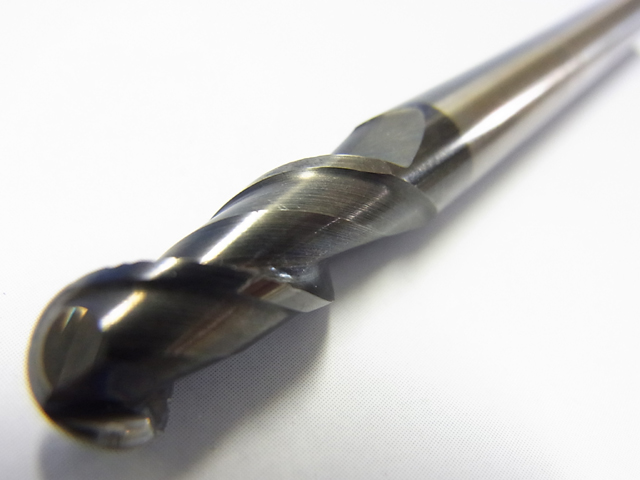
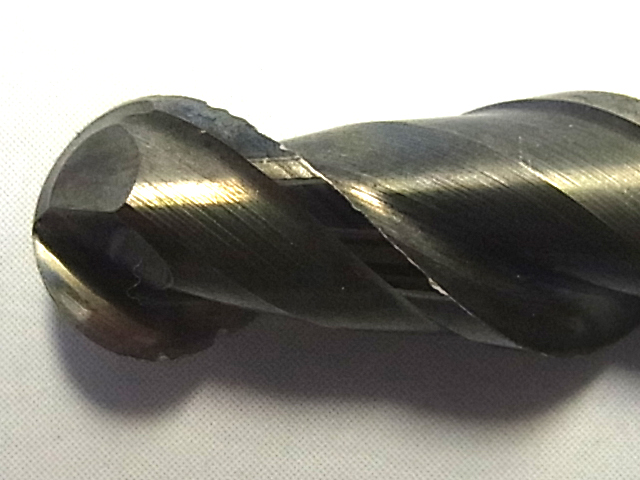
Ball end mill
This is an end mill with a hemispherical tip.
It is used when cutting three-dimensional shapes such as inclined surfaces and free-form surfaces.
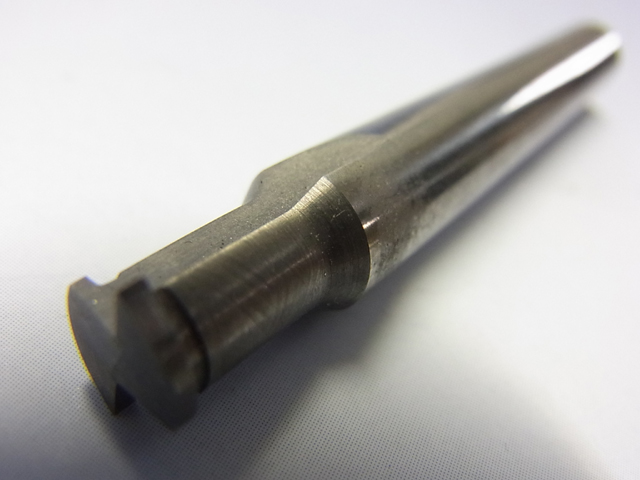
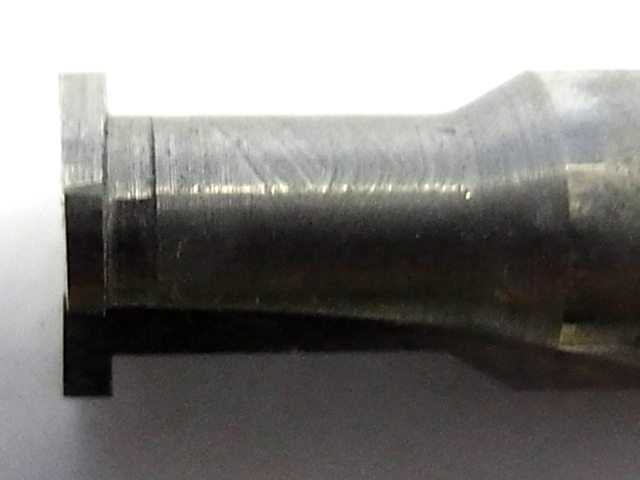
T slot cutter
The tip is T-shaped, and the blade is attached horizontally.
It is used when cutting T-shaped horizontal grooves.
3. End mill for hole machining
End mills for hole machining are the same in that they use a center drill to make a small hole as a guide and a drill to make a pilot hole.
It can be used as is as a drilled hole, or it can be used to create a threaded hole by cutting a female thread with tapping, a tolerance hole can be made with a reamer, or a stepped counterbored hole can be created with a counterbore cutter.
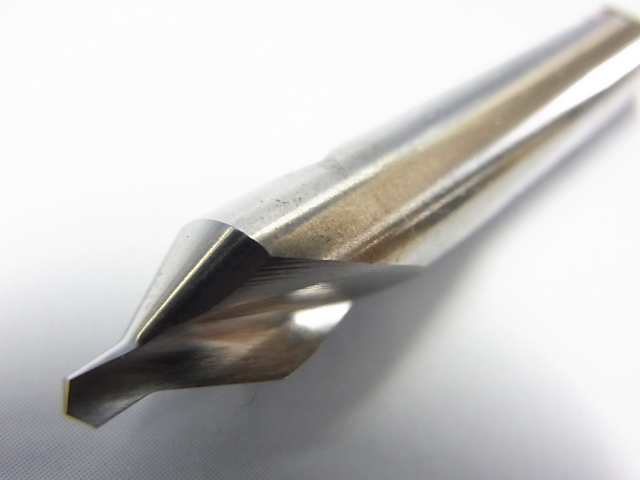
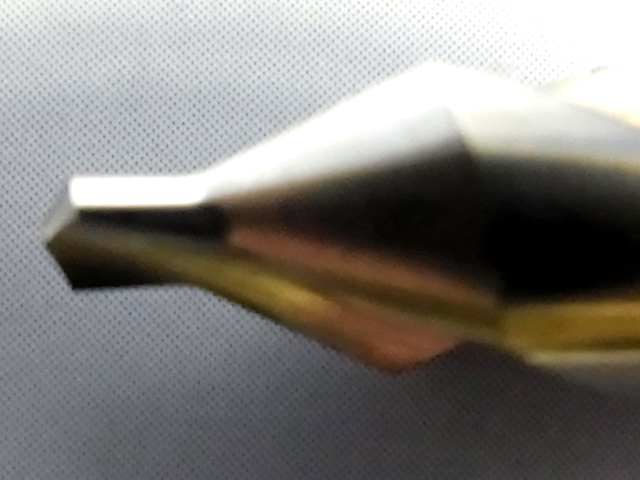
Center drill
This is a small, dedicated drill for accurately drilling guide recesses before drilling.
Acts like a "punch" to improve the bite of the drill and improve positioning accuracy.
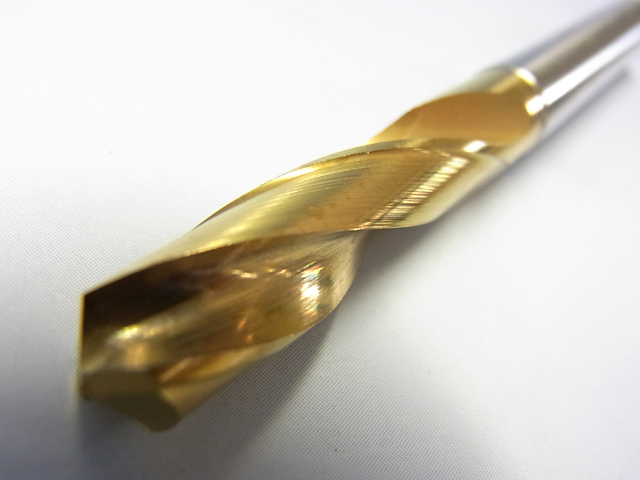
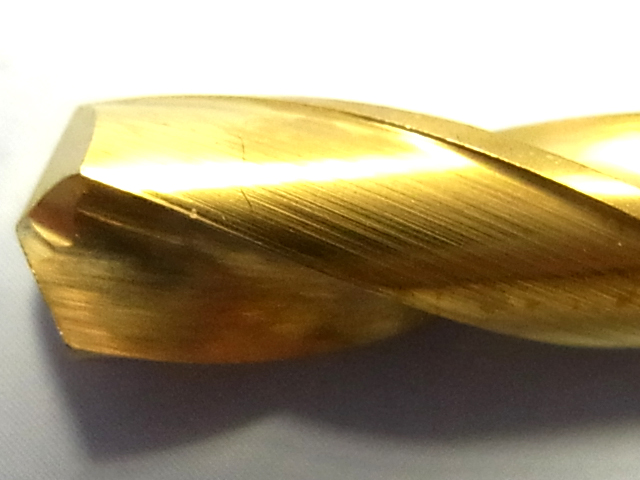
Drill
A cutter for general-purpose drilling for drill hole.
It is also used for drilling pilot holes for tapping and reaming.
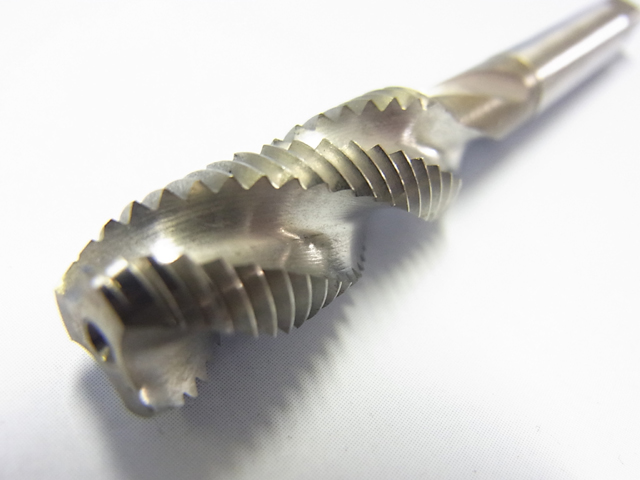
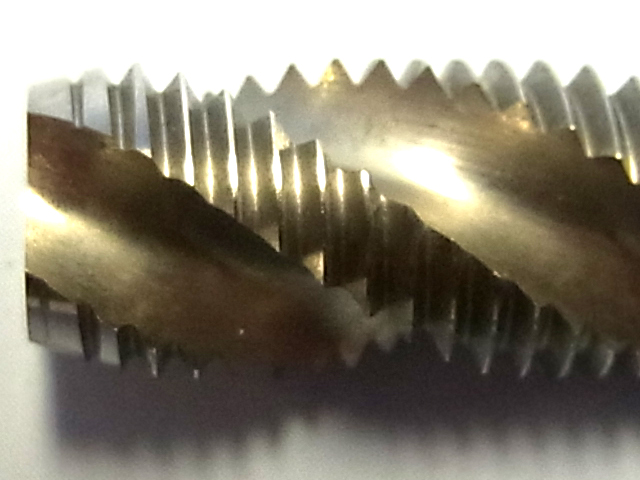
Tap
A cutter for drilling screw holes of a fixed standard.
Used after drilling a pilot hole.
There are various types such as spiral tap, point tap, and roll tap.
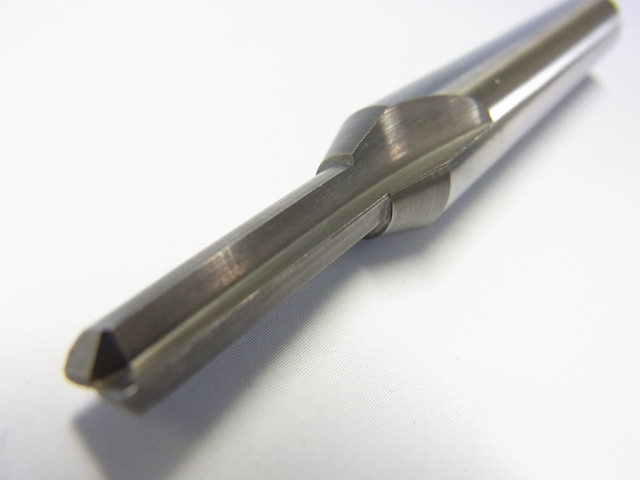
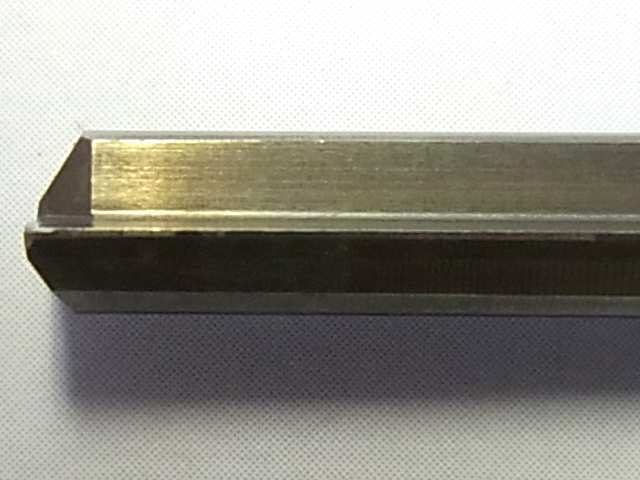
Reamer
A cutter for drilling precision holes.
Used after drilling a pilot hole.

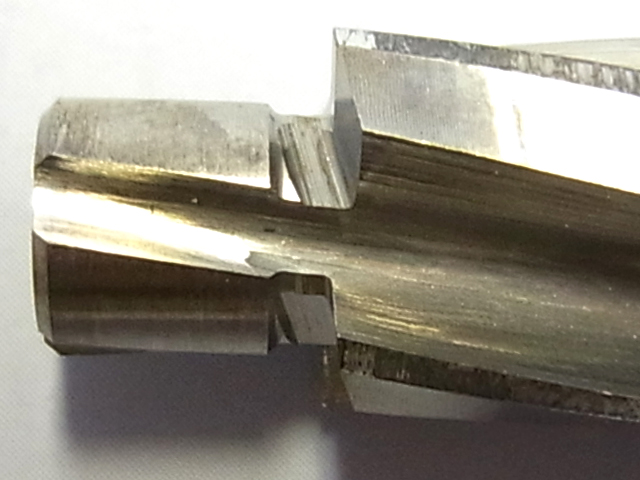
Counterbore cutter
A cutter for making counterbore holes.
Used after drilling a hole.
